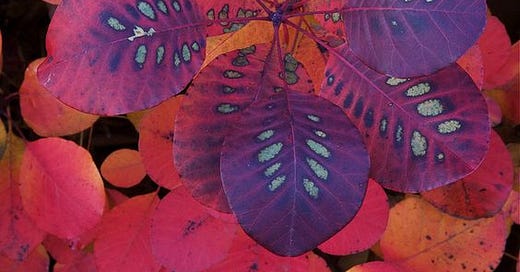
Last weekend I drove up to my favourite spot for collecting wild grapes. Deep in the valley and up the hill a bit there’s a dead-end gravel road that ends in the property that you used to be able to ski over to in the winte…
Keep reading with a 7-day free trial
Subscribe to The Colour | Newsletter | Lab | Community to keep reading this post and get 7 days of free access to the full post archives.



